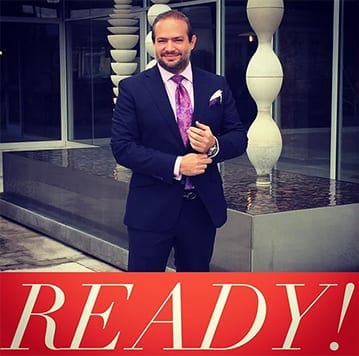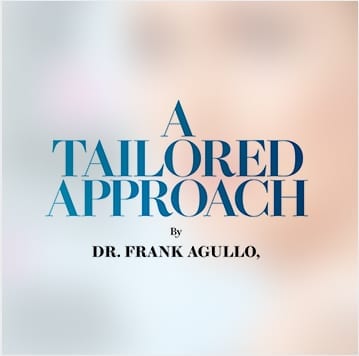Importance of Brows
Eyebrows are a central element of facial harmony and youth. Eyebrows and eyelashes are both very important aspects of facial symmetry. Eyebrows also help to frame the eyes. As important as they are, there are also many reasons due to which people can lose their eyebrows including:
- Physical injury
- Burns
- Disease
- Infection
- Chemotherapy
- Radiation
- Hereditary inability to grow brows
- Hereditary quality of the brows to diminish over time
- Scarring due to repeated plucking
- Tattoos
Since eyebrows are not subject to the natural balding process as in the case of scalp hair, the loss of eyebrows is not aesthetically acceptable. Lost eyebrows even affect the familiarity of a face. Eyebrow transplantation is very similar to other forms of hair transplantation and uses the same techniques for obtaining the grafts and inserting them.
Restoration Options
There are two main options for eyebrow restoration:
- Transplantation of hair follicles from another area. Hair is taken from the temporal or occipital scalp through traditional strip (FUT) procedures or follicular unit extraction (FUE) and placed into the brow area one by one.
- Flap surgery. Moving a flap of hair-producing skin from the scalp to the eyebrow. This procedure is seldom done as it does not provide results as good as micro follicular hair transplantation.
Hair Direction
Hair direction is extremely important in eyebrow transplantation. As an eyebrow has diverse hair directions in such little space, the transplant requires very exacting surgical skills. If you look at a normal eyebrow closely you will be able to appreciate the different angles of hair growth:
- In the central area the hairs grow upwards
- As you move towards the sides the direction changes
- The hairs at the top of the brow angle down and out
- The hairs at the inferior edge of the brows angle up and out
The surgeon has to transplant the hair at minute angles, making sure that they fit in perfectly with the natural hair direction because eyebrow hair grows from the follicles at very sharp angles very close to the skin. A very fine needle has to be used for preparing the recipient sites to ensure the correct hair growth direction.
Single-Hair Grafts
Hair grows in follicular units of 1, 2, 3 or 4. These units are used in hair transplant procedures. When transplanting eyebrow hair, the only follicular units used are those with a single strand of hair. So in a strict sense, eyebrow transplant is not actually a follicular unit transplant, but an ultra-refined form of micrografting. Surgeons with considerable skill and expertise are able to perform this precision-intensive procedure.
Considerations before Opting for an Eyebrow Transplant
The eyebrow transplant procedure is safe and highly recommended for cosmetic/aesthetic purposes in case of missing or damaged eyebrows. Nevertheless, there are some important things you must consider before the transplant.
Scalp hair continues to grow, longer than eyebrow hair. So when the scalp hair is transplanted onto the brows it will continue to grow which means you will have to cut/trim it periodically.
Visit Us
For more information about eyebrow hair transplant, please visit Southwest Plastic Surgery. Dr. Frank Agullo, member of the International Society for Hair Restoration Surgery will be glad to give you the professional guidance that you absolutely need.
#HappyIsBeautiful
Schedule a risk-free evaluation with Dr. Frank Agullo today.



